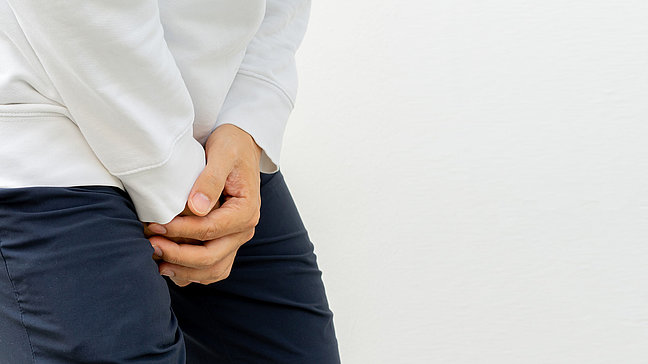
Urodynamics
When should a urodynamic study be performed?
The urodynamics is particularly recommended in the following cases:
- Unclear urinary incontinence: When the cause of incontinence is not clear.
- Overactive bladder (irritable bladder): In cases of symptoms such as frequent urge to urinate and involuntary urine loss.
- Urinary retention: Difficulty in emptying the bladder.
- Recurrent urinary tract infections: To clarify possible functional causes.
- Suspected neurogenic bladder dysfunction: In neurological diseases that could impair bladder function.
What should be considered before the urodynamic examination?
Before the examination, the following points should be considered:
- Bladder filling: It is often necessary to appear for the examination with a full bladder.
- Urine test: A prior check for urinary tract infections may be necessary.
- Medication intake: Inform your doctor about current medications, as some can affect bladder function.
- Pregnancy: Indicate if you are pregnant, as this may affect the examination.
Conducting the urodynamic examination
The examination is carried out in several steps:
- Insertion of catheters: Thin catheters are inserted into the bladder and rectum to take pressure measurements.
- Bladder filling: The bladder is filled with sterile fluid while pressure and volume are continuously monitored.
- Measurement during voiding: During urination, pressure and flow rates are measured to assess the voiding function.
The entire examination usually takes 30 to 60 minutes.
Results discussion and consultation
After the examination, the results will be discussed with you. Based on the collected data, the doctor can diagnose specific bladder dysfunctions and plan an appropriate therapy. It is important to express all questions and concerns to ensure a clear understanding of the diagnosis and the next steps.
Costs of the Large Bladder Function Measurement (Urodynamics)
The large bladder function measurement (urodynamics) costs 590.00 euros. This price includes the following services:
- Conducting the urodynamic examination: Measurement of the pressure conditions in the bladder and urethra using special catheters to assess the storage and voiding functions of the bladder.
- Analysis and interpretation of the results: Evaluation of the measurement data to identify functional disorders such as incontinence or bladder emptying disorders.



